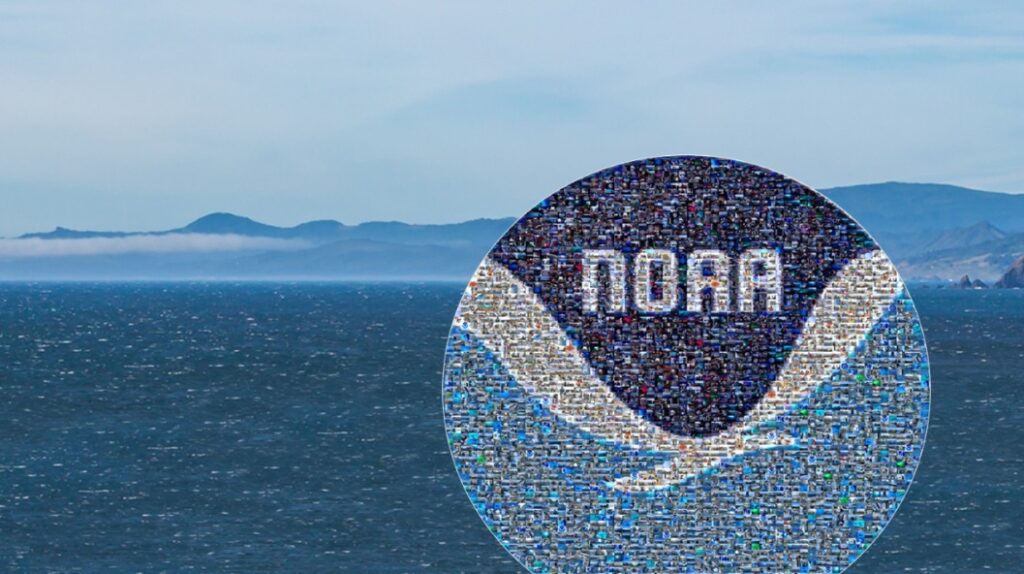NOAA’s Ko Barrett to become Deputy Secretary-General of World Meteorological Organization
Posted
Last Updated
By noaa.gov.
NOAA’s senior advisor for climate, Ko Barrett, has been named the Deputy Secretary-General of the World Meteorological Organization (WMO) and is set to begin her term later this spring. Barrett’s appointment is the latest in a remake of the WMO’s Executive Management team under the new leadership of the WMO’s first woman and Latin American Secretary-General, Celeste Saulo from Argentina.
“I can think of no one better to serve in this role than Ko,” said NOAA Administrator Rick Spinrad, Ph.D. “In her nearly 20 years at NOAA and 27 years of government service, she has been a champion for addressing the needs of communities, especially in the face of a changing climate. Her thoughtful guidance and inclusive consensus building were vital in leading NOAA’s Climate-Ready Nation initiative, and will no doubt help her excel in her new role.”
In her role as Deputy Secretary-General, Barrett will manage the WMO’s technical departments and related programs, coordinating across the organization to enhance the efficiency and visibility of the WMO’s work. This includes managing the budget, resources, and risk management of the WMO, among other tasks.
Most importantly, Barrett and the new WMO Executive Management team will be charged with implementing the WMO’s top priorities, including The global expansion of Early Warning Services; enhancing the socio-economic value of weather, climate, hydrological, and related environmental services; and advancing diversity and inclusion across the organization.
“I could not be happier to join the WMO’s Executive leadership team as Deputy Secretary General under Secretary General Celeste Saulo at this vitally important time,” said Barrett. “My work at NOAA has been dedicated to building relationships and lifting all of society as we confront the climate crisis. In this role, I look forward to helping bring global partners closer together to effectively, sustainably, and justly address our biggest challenges.”
read more at noaa.gov

